Share
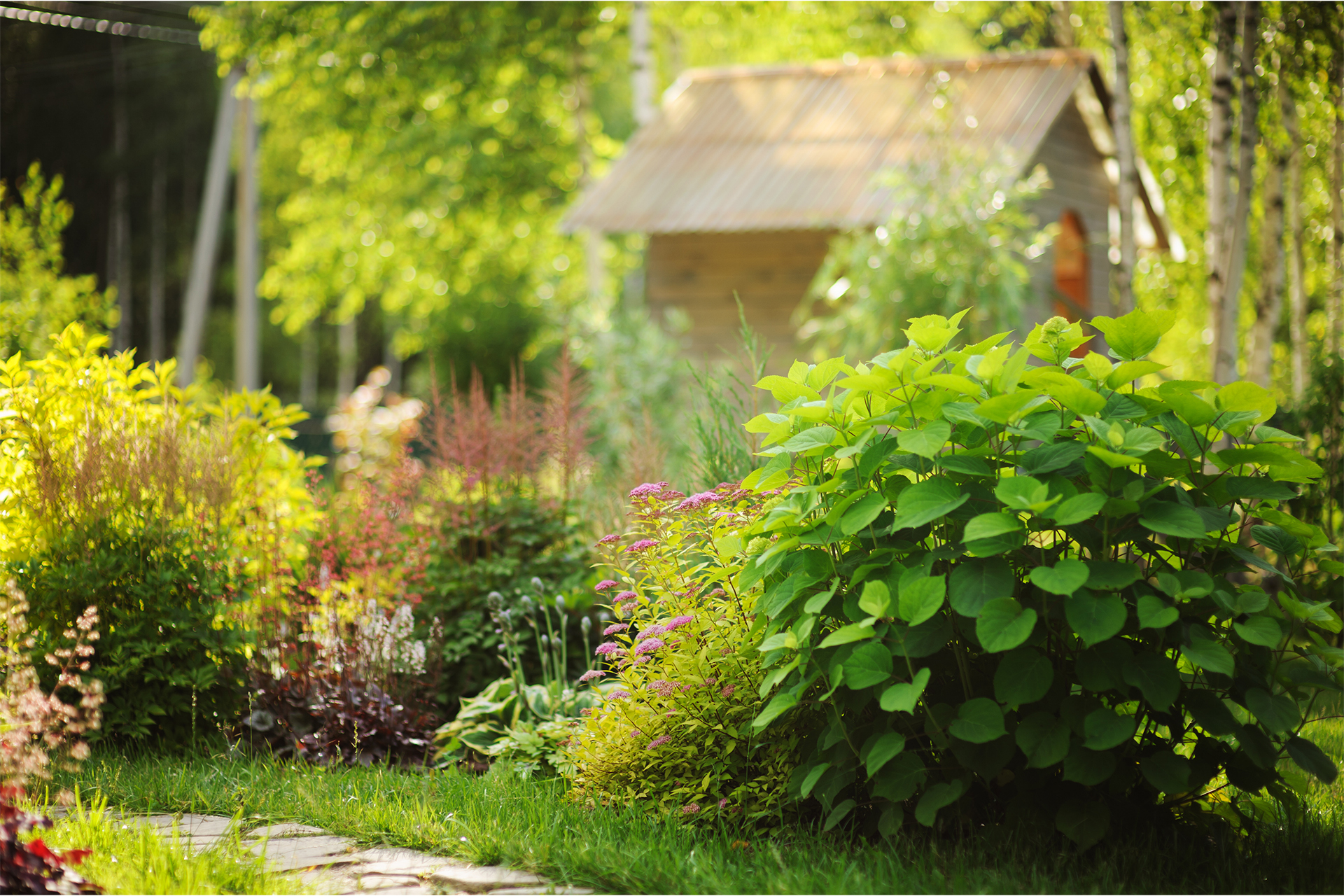
Creating a Cool Landscape
As we continue sweating through this record-breaking summer, keeping your garden and home cool is a top priority. A well-planned landscape can help you create a comfortable outdoor space, minimize heat islands, and even reduce your air conditioning costs. Here are some effective strategies to achieve this:
1. Choose the Right Plants
- Shade Trees: Planting shade trees around your home can significantly lower temperatures. Temperatures under shade trees can be as much as 10-25 degrees cooler than unshaded areas, depending on the material underneath, and planting trees so the shade covers part of your home can reduce your air conditioning costs up to 25%. Deciduous trees are ideal as they provide shade in the summer and let sunlight through in the winter to let in heat when you need it during the cold season. Good options for shade trees that do well in our area include oak, maple, crabapple, and honey locust.
- Shrubs and Ground Covers: Shrubs and ground covers help reduce heat reflection from hard surfaces. Consider planting low-growing species like juniper, creeping thyme, or vinca to cover large areas and keep them cool.
- Native Plants: Native plants are naturally adapted to the local climate and require less water and maintenance. They can also create a more resilient and sustainable landscape over the long term. Research native species that thrive in your area and incorporate them into your garden. Some native plants in the Truckee Meadows are Silver Buffaloberry, lupine, and spreading phlox.
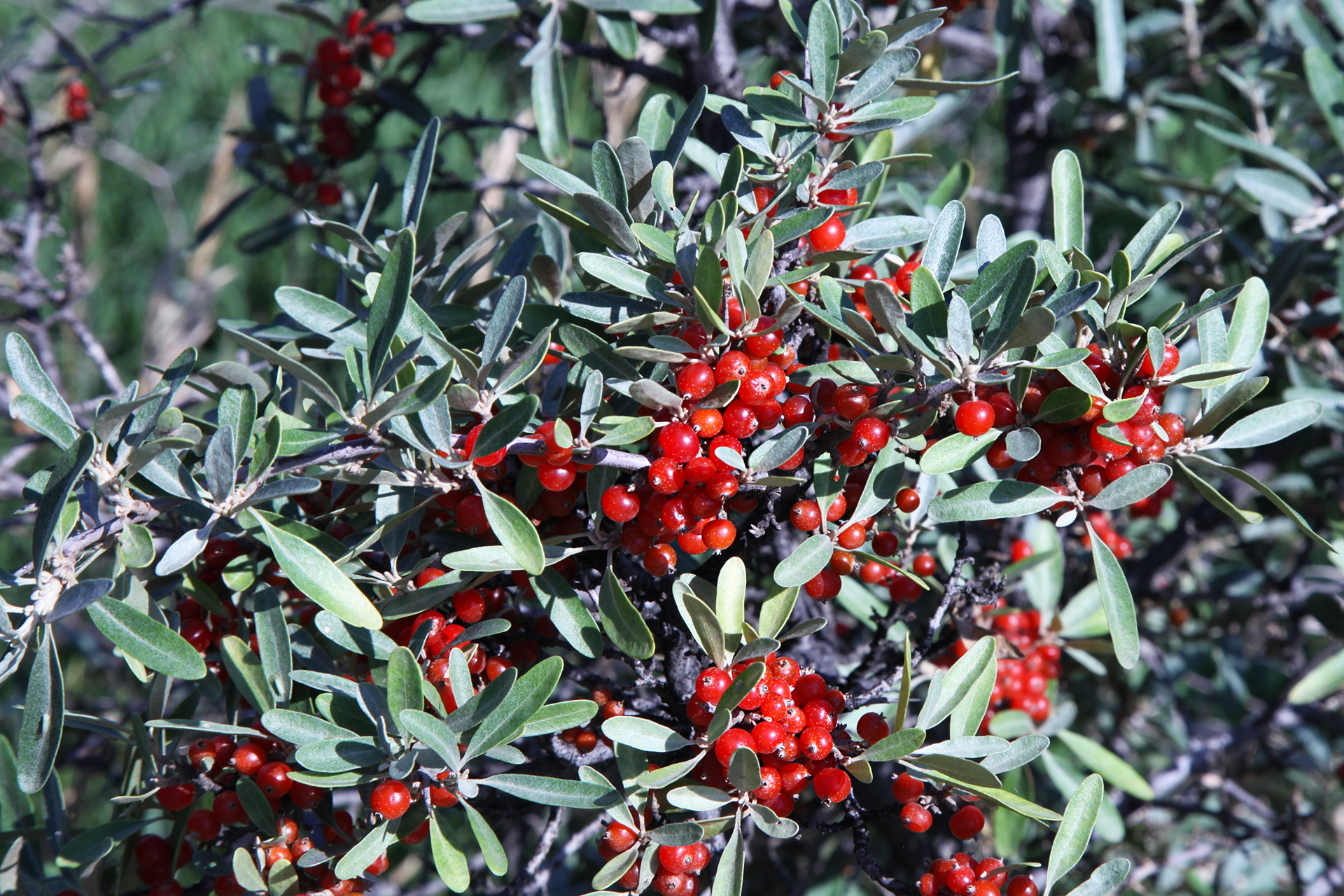
Silver Buffaloberry
2. Create Cool Microclimates
- Layered Planting: Use a variety of plant heights to create layers of vegetation. This helps trap cool air and provides shade at different levels. Taller trees can provide canopy cover, while mid-height shrubs and ground covers cool the lower layers.
- Windbreaks: Plant windbreaks to direct cooling breezes toward your home and garden. Strategically placed trees and shrubs can enhance natural airflow and reduce the need for air conditioning.
3. Implement Sustainable Irrigation Practices
- Drip Irrigation: Use drip irrigation systems to provide efficient and targeted watering. This reduces water waste and ensures your plants receive the moisture they need without contributing to heat buildup.
- Mulching: Apply mulch around your plants to retain soil moisture and keep roots cool. Organic mulches like wood chips, straw, or shredded leaves are effective and add nutrients to the soil as they decompose. Soil Building Conditioner is a great choice as creating just a 3-inch layer of it in your garden can help conserve 30% of the water that would be lost to evaporation otherwise.
4. Maintain Your Landscape
- Regular Pruning: Prune trees and shrubs regularly to maintain their health and effectiveness in providing shade. Remove dead, overgrown, or diseased branches to promote better air circulation. This prevents disease from building up within the plant and keeps your landscaping looking cleaner.
- Weeding and Mulching: Keep weeds under control and replenish mulch as needed. Weeds compete with your plants for water and nutrients, and a well-mulched garden stays cooler. Mulch is also an effective weed-prevention solution as a 3-inch layer is enough to block out light to sprouting seeds and kill weeds before they can emerge.
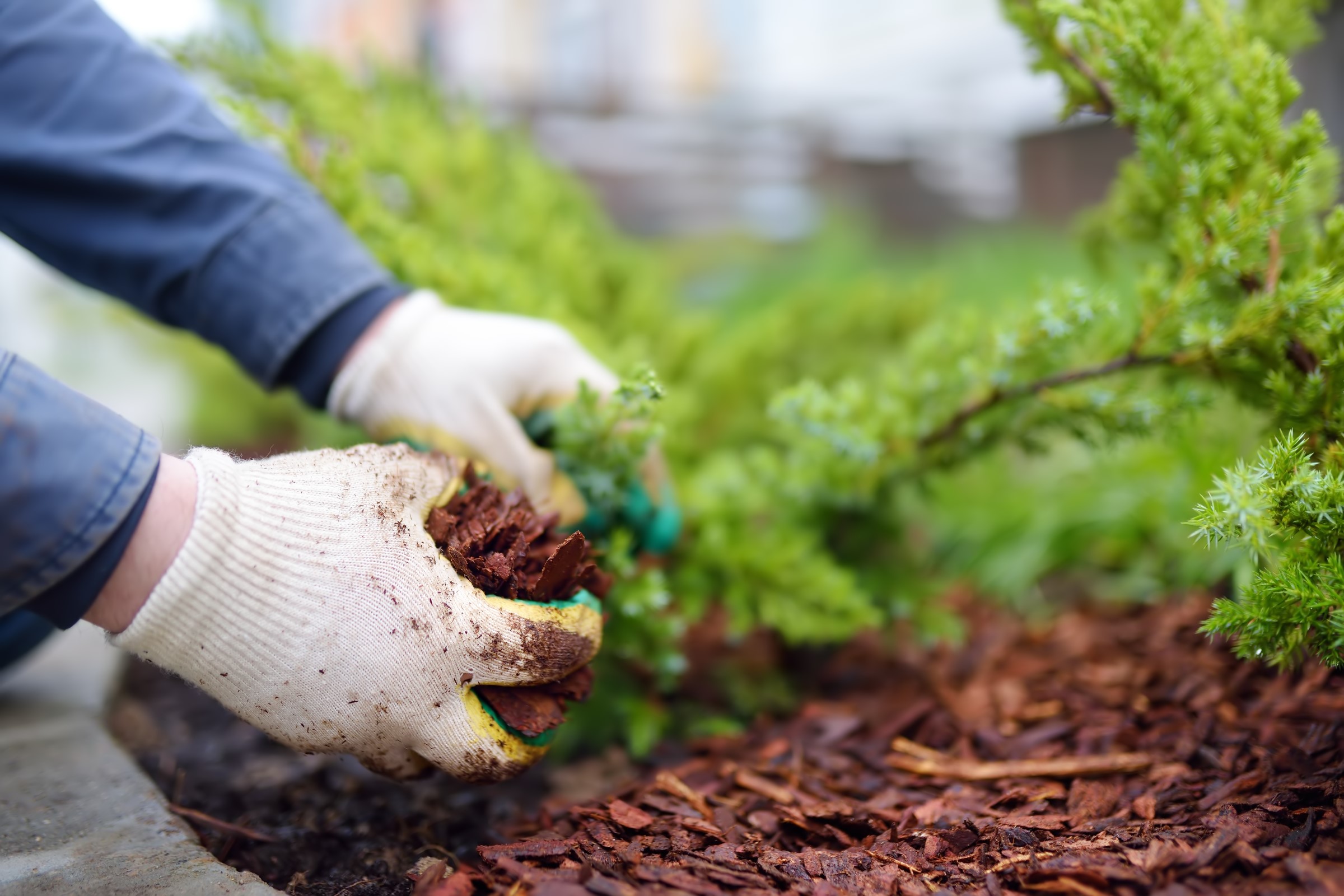
5. Reduce Heat Islands
- Minimize Hardscapes: Hard surfaces like concrete and asphalt absorb and radiate heat. In urban areas where there are a lot of these surfaces, temperatures can be up to 7 degrees warmer than rural areas. This is called the heat island effect. Minimize the use of these materials around your home and opt for permeable alternatives like gravel, mulch, or permeable pavers to help lessen the heat island effect while still providing a beautiful look to your landscape.
- Green Roofs and Walls: Green roofs and living walls can significantly reduce the heat island effect as plants provide cover and naturally put off humidity throughout the day. These features provide insulation and cooling while adding aesthetic value to your home.
- Strategic Planting: Plant trees and shrubs near hard surfaces to provide shade and reduce heat buildup. This is especially effective for driveways, patios, and sidewalks and can help keep outdoor sitting areas, garages, and cars cooler as well.
6. Use Reflective and Light-Colored Materials
- Reflective Surfaces: Use reflective materials for roofs, walls, and pavements to reduce heat absorption. Light-colored paints and coatings can also help keep surfaces cooler.
- Shade Structures: Install pergolas, awnings, and shade sails to provide additional shade and cooling. These structures can be covered with climbing plants like wisteria or grapevines for added beauty and effectiveness.
7. Optimize Your Home’s Exterior
- Cool Roofs: Consider installing a cool roof, which reflects more sunlight than a traditional roof and absorbs less heat. This can significantly reduce indoor temperatures and lower your air conditioning costs.
- Insulation and Ventilation: Ensure your home is well-insulated and properly ventilated. This keeps the cool air in and the hot air out, reducing the strain on your air conditioning system.

8. Add Water Features
- Fountains and Ponds: Water features like fountains and ponds can help cool the air through evaporation. They also add a tranquil and relaxing element to your garden. Place them strategically to maximize their cooling effect.
- Rain Gardens: Rain gardens are created by planting deep-rooted plants in a flat-bottomed dip designed to collect rainwater runoff from nearby hard surfaces. Planting this way helps the rainwater soak into the ground naturally. Rain gardens not only help reduce runoff and flooding during summer downpours but also cool the surrounding area as the rainwater soaks into the ground.
By implementing these strategies, you can create a landscape that keeps your garden and home cool during the hot months, reduces the heat island effect, and helps lower your air conditioning costs. A thoughtful and sustainable approach to landscaping not only enhances your outdoor space but also contributes to a healthier and more comfortable environment, inside and out.
Share

Adding a suet feeder to your backyard is an easy and effective way to support local birds through the early winter months.
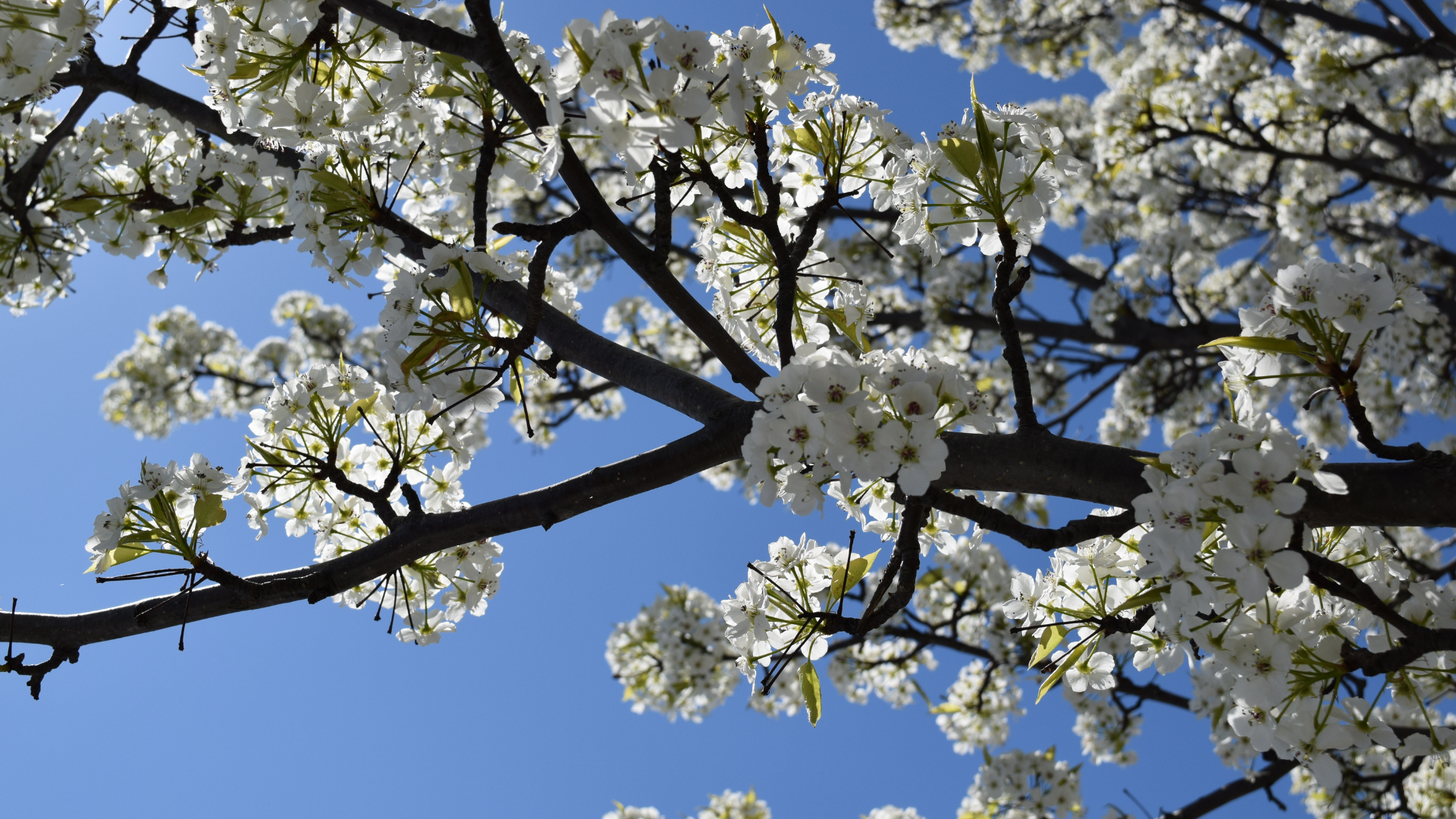
Embracing Evolution: Why Chanticleer and Redspire Pear Trees Outshine Their Ancestral Bradford Pears
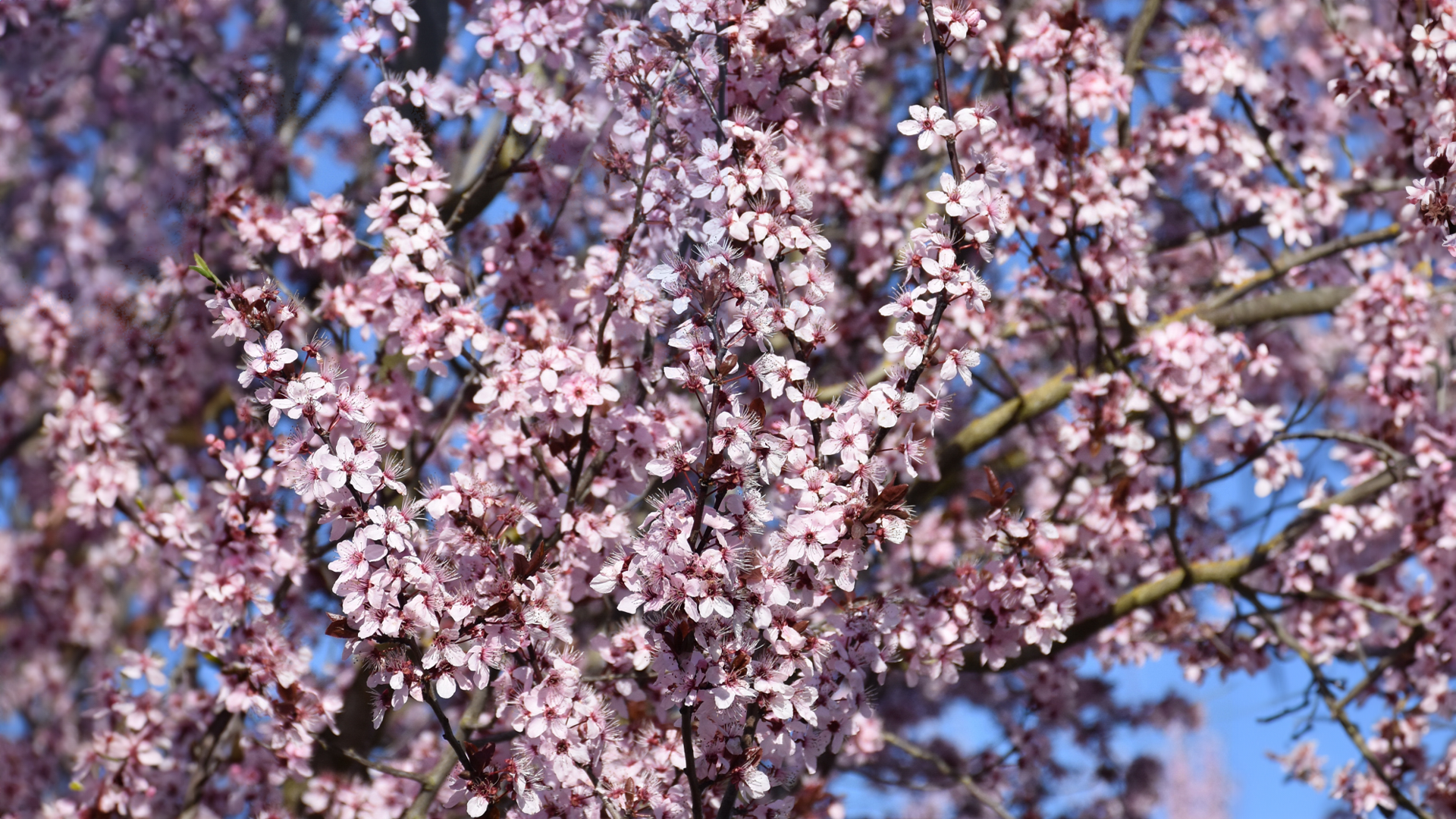
When it comes to selecting trees for the unique climate and conditions of the high desert in Reno, NV, the Krauter Vesuvius Plum stands out as an exceptional choice. This ornamental tree not only thrives in the arid environment but also adds striking beauty and resilience to any landscape.
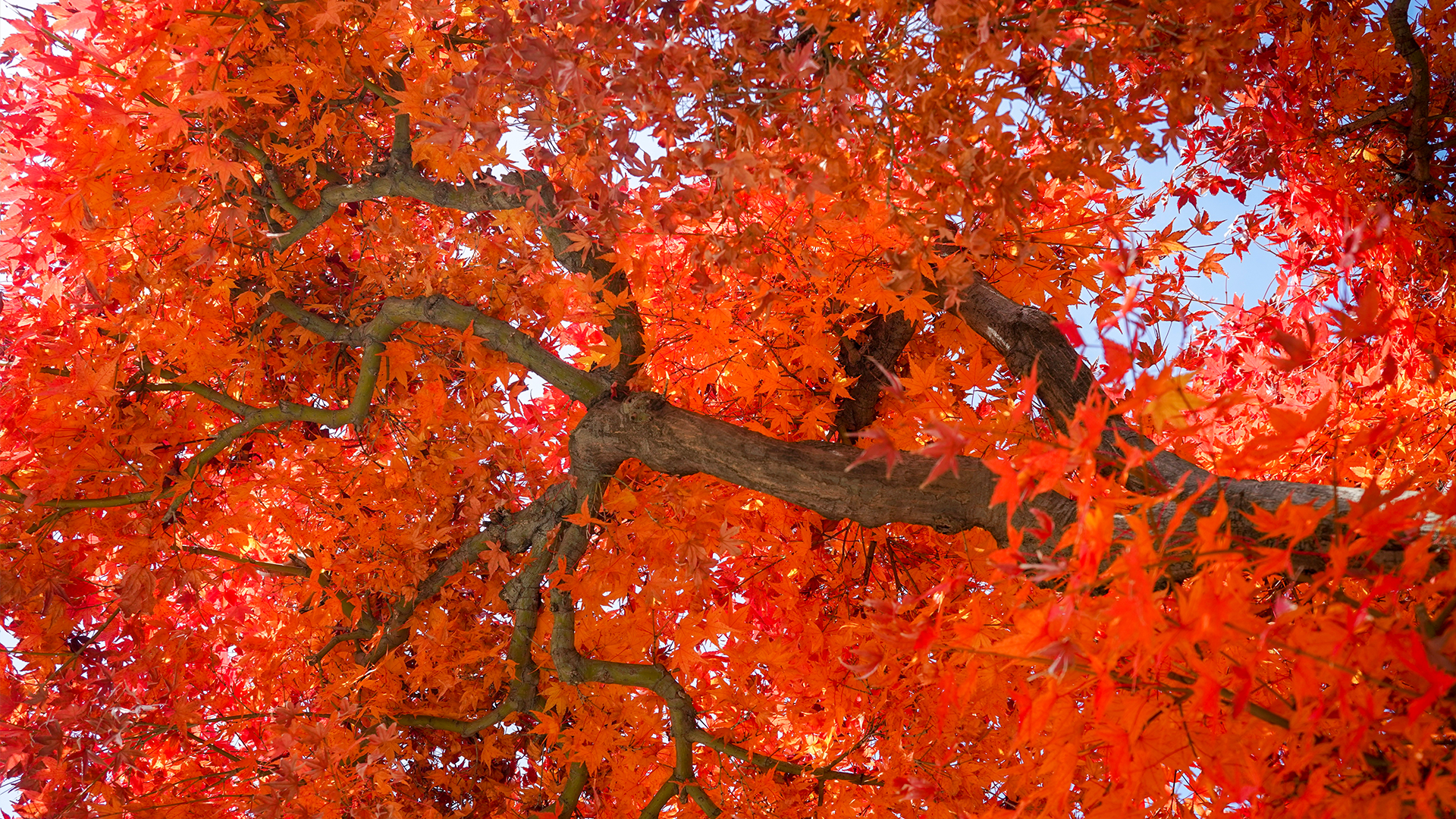
In the world of maples, the Autumn Blaze Maple stands out as a remarkable hybrid, blending the best traits of its parents—the red maple and the silver maple.
